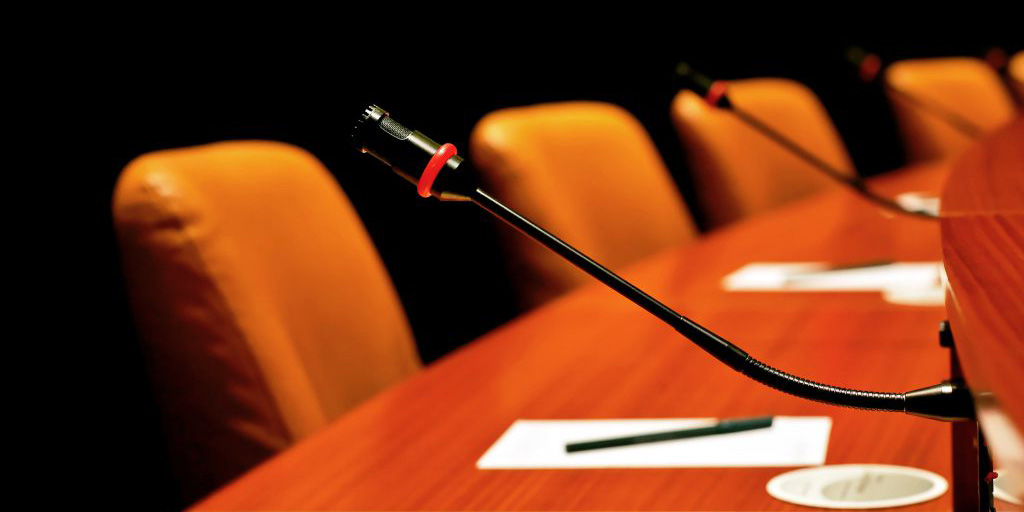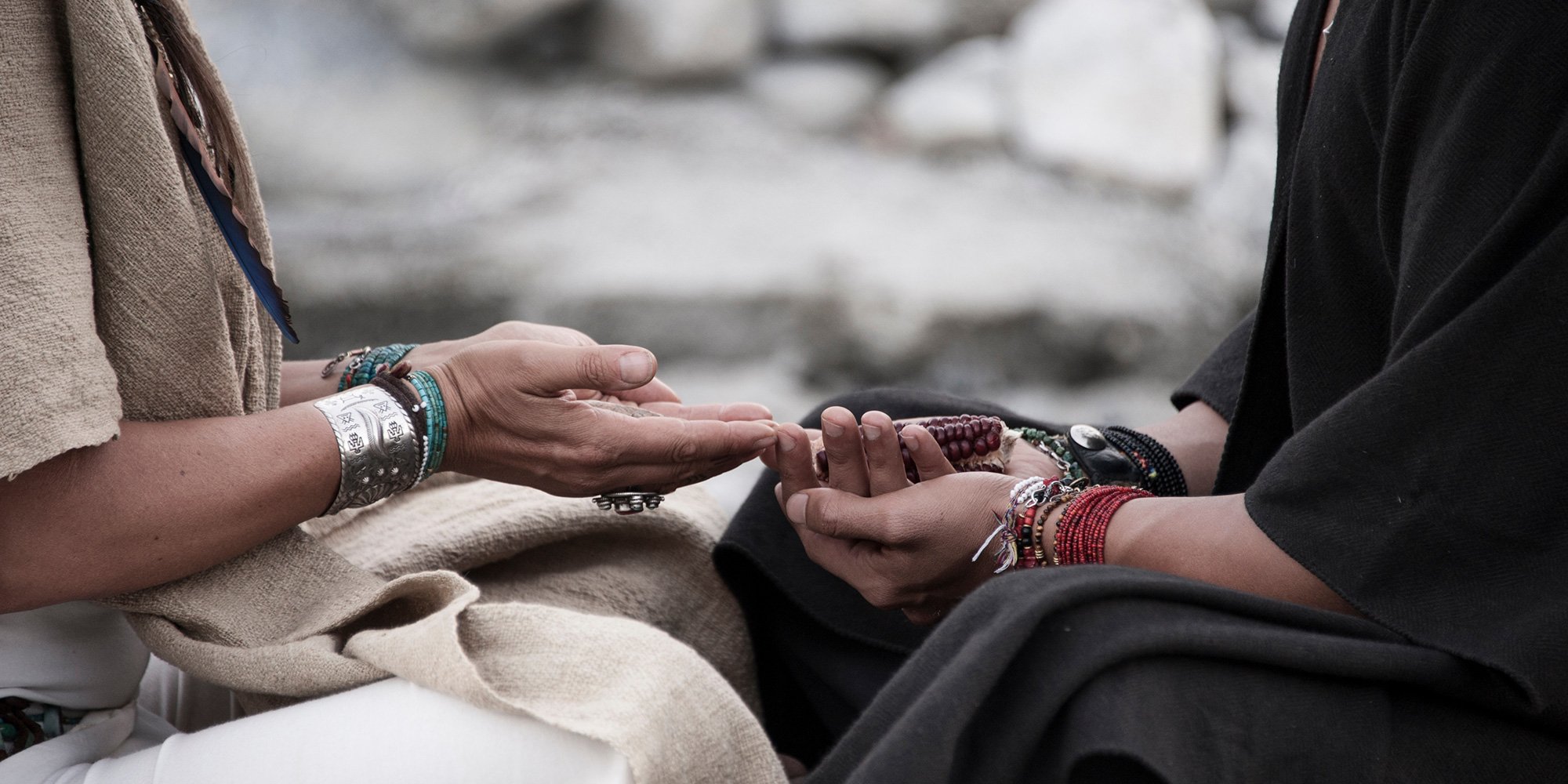7 Tips on Building Relationships with Indigenous Peoples
The quality of your relationship with an Indigenous community will be measured by the effort invested and the integrity of your team. You have to...

In this article, I’m going to provide some practical tips on what to do and what not to do for speakers/presenters who will be making presentations to audiences that include First Nations Peoples.
Why would I do this? I am routinely involved in conferences as a speaker, exhibitor, participant, and on occasion, a conference organizer. I hear many speakers and a variety of presentation styles and can report that some speakers get it right, some make mistakes but manage to get along, and some don’t fair well at all.
The speakers who do it well do protocol, use the correct and respectful terminology, and know what to say and what not to say. Those who struggle, and sometimes they don’t make it at all, struggle with one or all of the above. For example, I attended a conference at which one of the speakers was called to task in front of the audience for comments made during the presentation. I felt bad for the speaker, and for the attendee so hence the interest in this article to provide some guidance and suggestions for speakers who will be making presentations to audiences that include First Nations Peoples.
What follows are four tips to help you with your next presentation at an event that includes First Nations people in the audience. These ideas and tips come directly from our Working Effectively with Indigenous Peoples® training.
Please keep in mind as you read through them that you don't actually have to do what I'm suggesting you do - I'm simply offering a “suffering is optional” approach for speakers looking for a smooth ride.
The first thing to know is that words have an impact on people. Pick the right words and nothing bad happens. Pick the wrong words and hang on, it's going to be tough. In the Christopher Columbus story, I make the point that if you change “discovered” to “arrived” you won’t have protests in big cities.
For example, don't use Aboriginal or Aboriginals when it is constitutionally correct to say Aboriginal Peoples. I give presenters high marks when they know which term to use and stay consistent with the term. If you start with Aboriginal Peoples don't switch to Indian or Native or band or First Nations or community. If you would like more help with this we provide a free guide to terminology.
As a presenter, you have an opportunity to score really big points if you pronounce the community’s name correctly. I am frequently asked, “Bob, do I get credit for trying?” “No. You get demerits.” Here is a short, two-minute video to help you out.
Prior to your speaking engagement, do your due diligence and find out if the building in which you are speaking is on treaty land or traditional territory. Here are examples of correct protocol for thanking the hosting First Nation for meetings on treaty land and traditional territory. I would encourage presenters to take this a step further and include it as a slide.
If you are an event organizer, be sure to share this list with your speakers. If you are an event speaker be sure to share it with your fellow speakers so that they too can benefit from a little bit of insight.
Featured photo: iStock

The quality of your relationship with an Indigenous community will be measured by the effort invested and the integrity of your team. You have to...

If you are planning to schedule a meeting with Indigenous leaders of the community you want to work with, here are some suggestions you should keep...

When we prepare an article for our blog, Working Effectively with Indigenous Peoples®, we put considerable thought into the title - how will it...